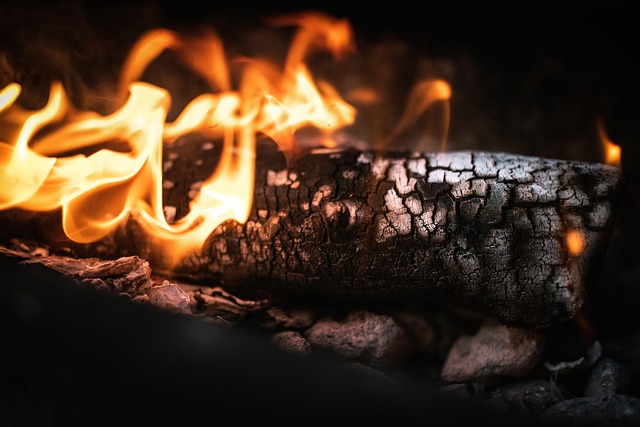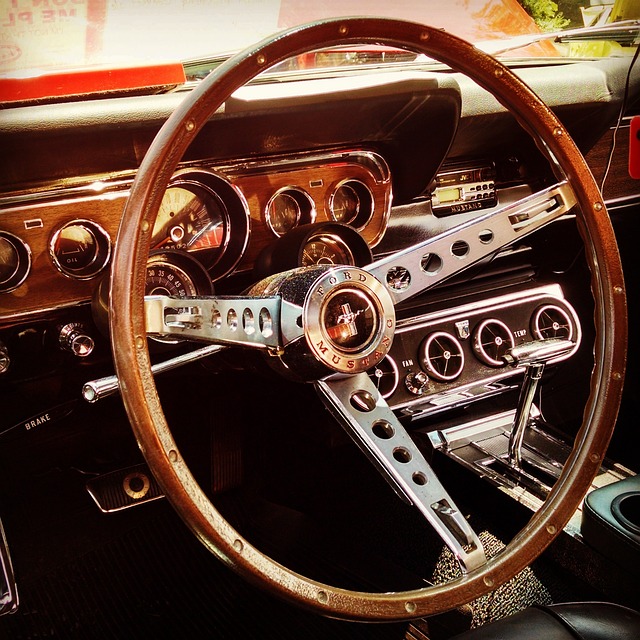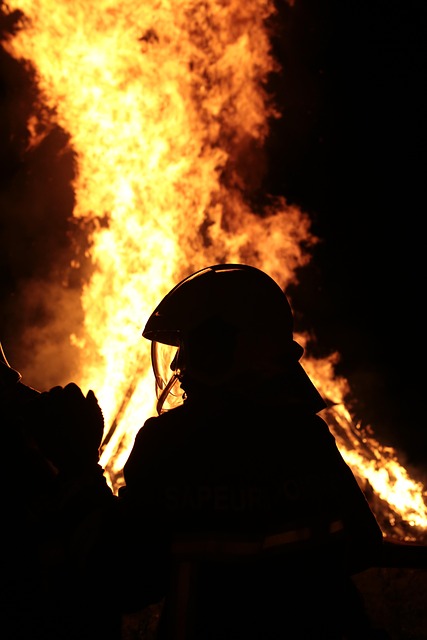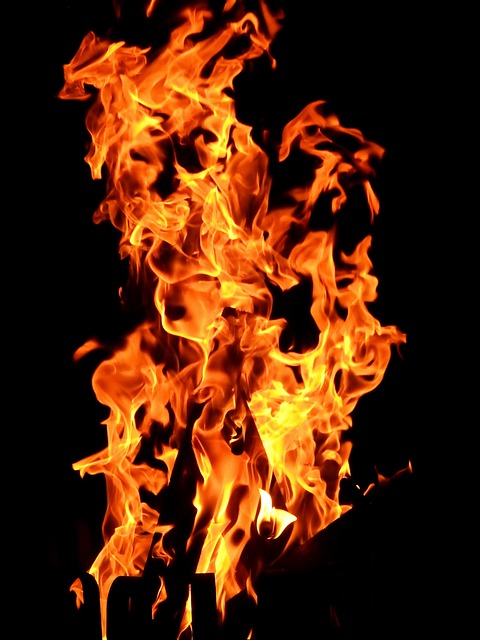Schertz homeowners face specific risks like kitchen accidents, electrical malfunctions, and heater failures that cause house fires. These incidents lead to smoke damage, posing further threats to electronics through corrosion and data loss. To mitigate these dangers, residents should prioritize safety, conduct thorough inspections, and employ meticulous decontamination methods using compressed air, distilled water, and non-toxic deodorizers to protect devices from smoke damage after a fire.
In Schertz homes, understanding common causes of house fires is key to preventing potential disasters. From kitchen accidents to electrical malfunctions, recognizing these hazards can significantly reduce the risk of smoke damage, a pervasive and costly issue for homeowners. This article delves into the impact of smoke on electronics, offering a step-by-step guide to effective decontamination. By following these practices, Schertz residents can mitigate losses and ensure their devices’ longevity after exposure to hazardous smoke.
- Common Causes of House Fires in Schertz Homes
- The Impact of Smoke on Electronics
- Step-by-Step Guide to Smoke Damage Electronics Decontamination
Common Causes of House Fires in Schertz Homes

In Schertz homes, common causes of house fires range from kitchen accidents to electrical malfunctions and heating system failures. Kitchen fires are among the most frequent, often sparked by unattended cooking or grease ignition. Electrical issues, such as faulty wiring or overloaded circuits, pose significant risks, especially in older homes where insulation and wire quality may degrade over time. Heater-related fires are also common during colder months, highlighting the importance of regular maintenance and proper usage.
Additional factors include candles left untended, children playing with flammable materials, and natural disasters like lightning strikes. Understanding these common causes is crucial for Schertz homeowners to implement preventive measures. Regular inspections, fire safety education, and staying vigilant can significantly reduce the likelihood of house fires, ensuring a safer living environment.
The Impact of Smoke on Electronics

Smoke, a result of various household hazards including common causes of house fires in Schertz homes like kitchen mishaps, electrical malfunctions, or accidental candles ignitions, can cause significant damage to electronics. When smoke comes into contact with sensitive electronic components, it leads to corrosion and deterioration, ultimately rendering devices malfunctioning or completely unusable. The toxic chemicals present in smoke not only leave visible residue but also infiltrate tiny crevices, causing internal damage that might not be immediately apparent.
Even after the fire is extinguished, residual smoke particles continue to wreak havoc on electronics. They can cause short circuits, data corruption, and permanent hardware failure. This is particularly concerning for Schertz residents as quick response times in mitigating smoke damage are crucial in preserving valuable electronic assets, from computers and phones to home entertainment systems and appliances. Prompt decontamination efforts can help minimize the extent of damage, ensuring that electronics function optimally after a smoke-related incident.
Step-by-Step Guide to Smoke Damage Electronics Decontamination

Smoke damage to electronics is a common aftermath of house fires, many times caused by common household hazards in Schertz homes, such as overheating appliances or faulty wiring. Decontaminating these devices requires a meticulous process to prevent further corrosion and data loss. Here’s a step-by-step guide:
1. Safety First: Ensure the area is safe for entry and that power has been cut off to avoid any electrical hazards. Wear protective gear, including gloves, to shield against residual smoke particles and harmful chemicals.
2. Assess Damage: Inspect each electronic device carefully. Look for visible signs of burn marks, melted components, or charred insulation. Some devices may emit a faint odor of smoke or have liquid damage from water used during firefighting efforts.
3. Remove Contaminants: Use compressed air to blow away loose soot and debris from the devices’ exterior. For more stubborn residue, gently wipe down surfaces with a soft cloth dampened with distilled water. Avoid using household cleaners, as they can contain chemicals that may cause further damage or corrosion.
4. Disassemble (if safe to do so): If possible, disassemble affected components to clean them individually. Be mindful of delicate parts and follow manufacturer guidelines for proper disassembly. This step is crucial for devices like computers, where smoke damage could have penetrated internal circuits.
5. Clean Internally: Use a soft brush or microfiber cloth to carefully wipe down circuit boards and other internal components. Focus on areas with high heat exposure, as these are more likely to attract soot and ash. Allow cleaned parts to air dry completely before reassembling.
6. Deodorize (optional): While not strictly necessary, using a mild, non-toxic deodorizer can help eliminate any lingering smoke scent from devices. Apply the deodorizer according to the product’s instructions, focusing on enclosed spaces like computer cases.
Smoke damage from house fires in Schertz can significantly impact electronics, rendering them useless without proper decontamination. Understanding the common causes of these fires is crucial for prevention, while recognizing the adverse effects of smoke on electronic devices highlights the need for specialized cleaning techniques. By following a meticulous step-by-step guide to decontaminating affected electronics, homeowners can ensure that valuable items are restored safely and effectively, mitigating potential data loss and extending the lifespan of their devices.
